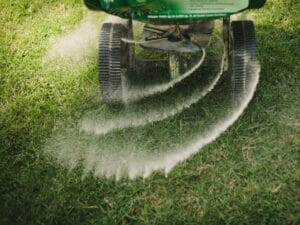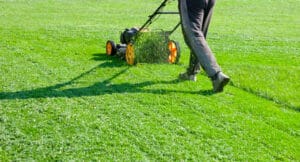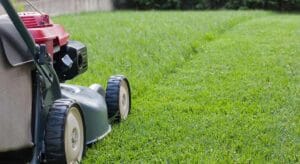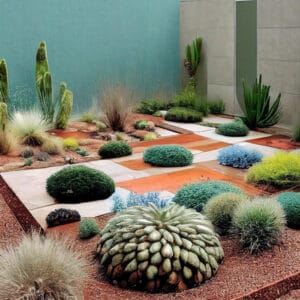
In the quest for sustainable landscaping practices, solarization emerges as a beacon of hope. This innovative technique utilizes the power of the sun to control weeds, pathogens, and pests, while also improving soil health and promoting eco-friendly gardening. Join us as we delve into the myriad benefits of solarization and explore how it can revolutionize your landscaping endeavors.
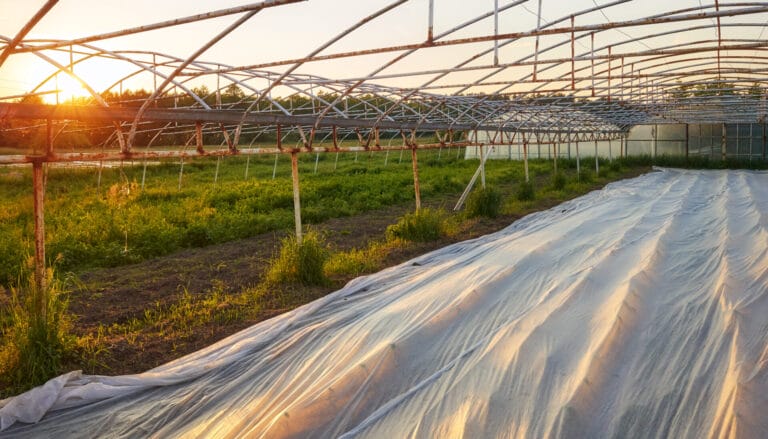
Solarization is a natural process that harnesses solar energy to heat the soil and eradicate unwanted organisms. By covering the soil with a transparent plastic sheet, sunlight is trapped, creating a greenhouse effect. This elevated temperature effectively kills weeds, nematodes, fungi, and other harmful pathogens present in the soil, without the need for harmful chemicals.
One of the primary advantages of solarization is its efficacy in weed control. Weeds compete with desirable plants for nutrients, water, and sunlight, often leading to stunted growth and reduced yields. Traditional methods of weed control involve the use of herbicides, which pose environmental and health risks. Solarization offers a safe and sustainable alternative by eliminating weeds through natural means.
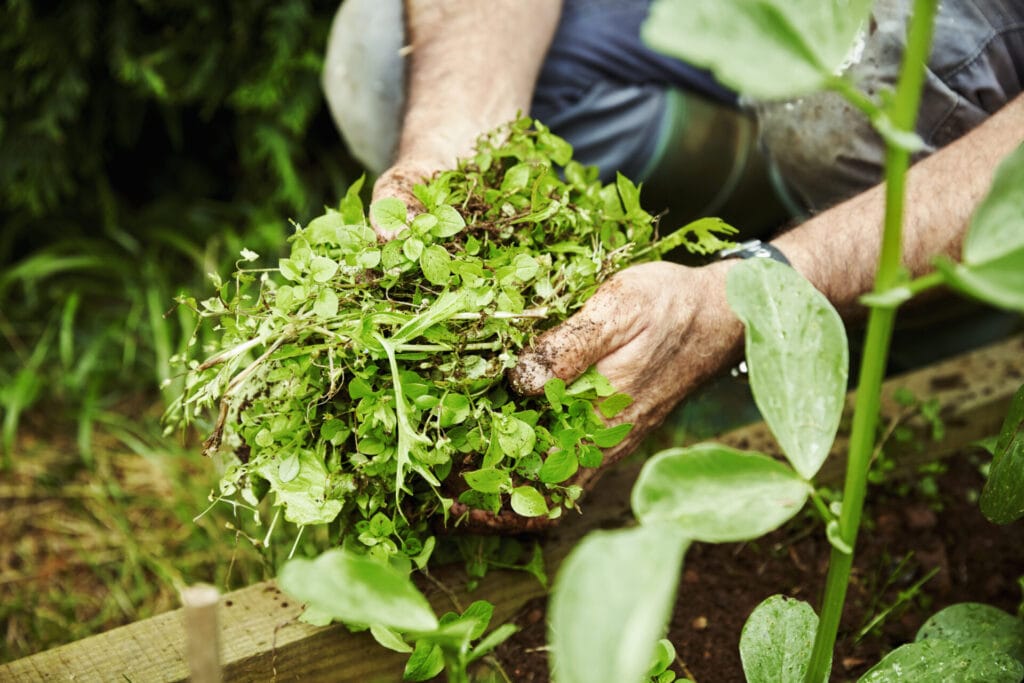
In addition to weed suppression, solarization helps in managing pests and pathogens that plague garden beds. Soil-borne diseases such as root rot and damping-off can devastate crops, causing significant economic losses for farmers and gardeners. Solarization effectively sterilizes the soil, reducing the incidence of these harmful organisms and promoting healthier plant growth.
Healthy soil is the foundation of thriving landscapes. Solarization not only eliminates pests and weeds but also improves soil structure and fertility. The increase in soil temperature enhances microbial activity, accelerating the breakdown of organic matter and releasing essential nutrients for plant uptake. Furthermore, solarization stimulates the germination of weed seeds, allowing for their subsequent eradication, resulting in a cleaner, healthier growing environment.
As concerns about environmental sustainability continue to escalate, adopting eco-friendly landscaping practices becomes imperative. Solarization aligns with this ethos by reducing reliance on synthetic chemicals and minimizing the environmental footprint associated with conventional weed and pest control methods. By harnessing renewable solar energy, solarization offers a sustainable solution that promotes biodiversity and ecosystem resilience.
In addition to its environmental benefits, solarization proves to be a cost-effective strategy for landscapers and gardeners. Compared to purchasing and applying chemical herbicides and pesticides, the investment required for solarization is relatively minimal. Once the initial setup is complete, the ongoing maintenance costs are negligible, making it an economically viable option for long-term weed and pest management.
One of the key strengths of solarization lies in its versatility. This technique can be implemented in various settings, including home gardens, agricultural fields, and commercial landscapes. Whether you’re a backyard enthusiast or a professional landscaper, solarization offers a flexible solution that can be tailored to suit your specific needs and preferences.
Solarization is most effective during the hot summer months when sunlight is abundant and temperatures are high. However, it can also be utilized year-round, albeit with varying degrees of effectiveness depending on climatic conditions. In regions with mild winters, solarization can be employed during the cooler months to prepare soil for spring planting, providing a year-round solution for weed and pest management.
In conclusion, solarization emerges as a game-changer in the realm of sustainable landscaping practices. By harnessing the power of the sun, this innovative technique offers a natural, chemical-free solution for weed, pest, and pathogen management. From promoting soil health to reducing environmental impact, the benefits of solarization are manifold. As we strive towards greener, more resilient landscapes, embracing solarization is a step in the right direction, paving the way for a brighter, more sustainable future.
Share this post:
Check other topics that may help you get more insights for your project:


